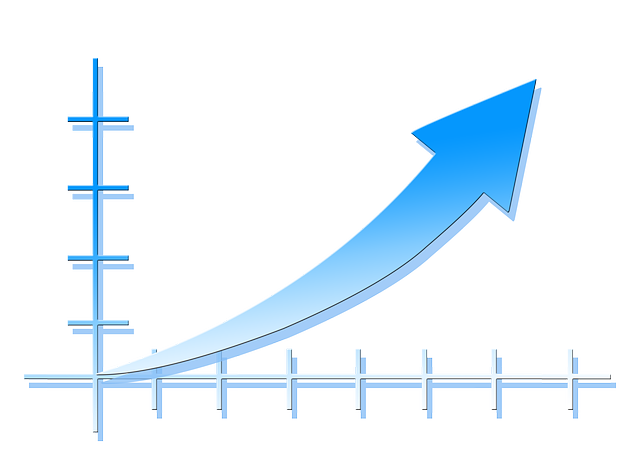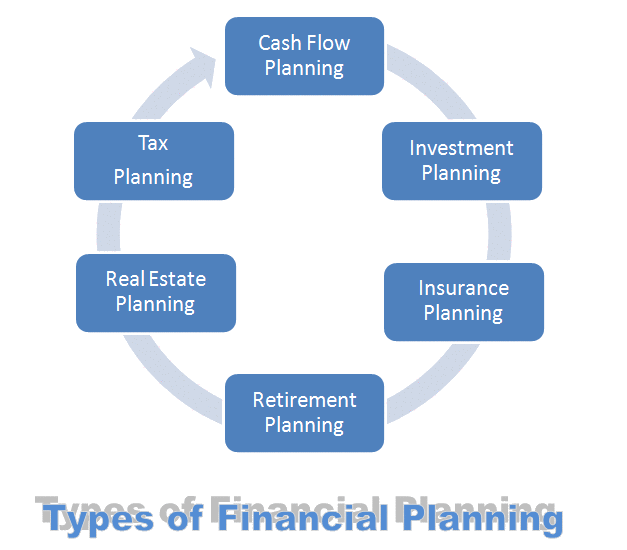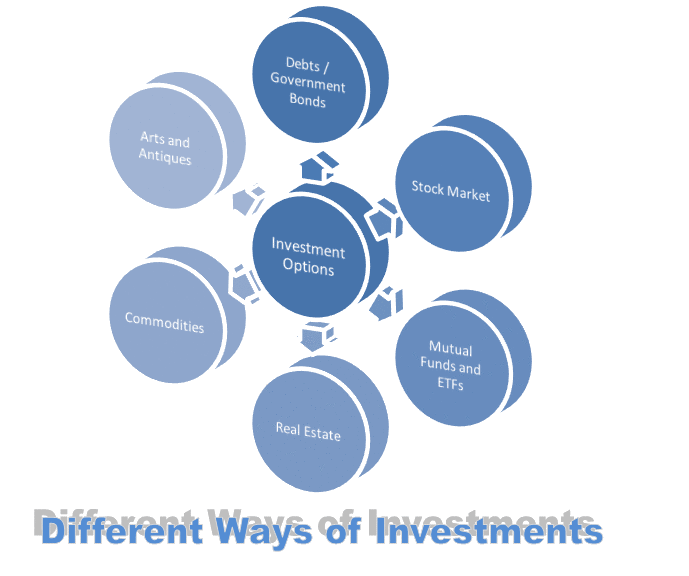Unsecured debt obligations lack collateral security. No specific assets will be set aside as collateral for unsecured debentures. Whereas secured debentures are vice versa of it. Here is an explanation of secured debentures meaning, examples and the distinctions between secured and unsecured debentures.
The rare types of debts are unsecured debentures. If you hear this term, it most certainly refers to a loan with no collateral or security requirements. Loans that do not use the borrower’s assets as security, such as real estate or machinery, are refer as naked debentures. Instead, it is determine by the borrower’s creditworthiness and industry standing.
Define Secured Debentures
A secured debentures means that is back by collateral. The lender is safeguard against loan default. The lender can recuperate its losses if the borrower fails to repay the loan by purchasing the borrower’s assets. Most debentures are secured because financial institutions and other lenders use them to mitigate risk and safeguard assets.
Debentures are a means of communicating the terms and conditions of a loan and not a financial asset in and of themselves. We have published an essay on debentures in general, and our next post will focus on secured debentures.
How Does Secured Debentures Work?
The interest rates on secured loan instruments may be either fixed or variable. A fix charge is comparable to a mortgage in that the borrower does not fully own the property until the debt has been pay back. Large machinery, property, or vehicles used for security incur fixed fees.
Under the terms of an invoice financing contract, unpaid debts may potentially be sold to a lender. Floating charges, on the other hand, are apply to assets that may change over time. These objects may be low-level office equipment, cash reserves, or transportable warehousing products.
Typically, the secured debenture agreement specifies the terms of a loan. For example, the amount, interest rate, repayment schedule, and collateral assets should be specified. Companies House must receive the debenture arrangement within 21 days of the loan’s issuance. A secured debenture gives the lender preference over other creditors in the event that the borrower runs out of money and cannot pay their bills.
Example of Secured Debentures
A factory or office building is an instance of a fixed charge asset in the context of a secured debenture. Borrowers in financial trouble are prohibit from selling property until they have repay back the loan in full or gained permission from the lender.
The lender will be the owner of the property, and any revenues from its sale will be apply to debt repayment. A fixed price may include the freehold or leasehold of a property, as well as furnishings, equipment, automobiles, and other commodities.
Secured vs. Unsecured Debentures
Both secured and unsecured consumer debt may be apply to loans and other types of financing available. The primary distinction is the presence or absence of collateral, which safeguards the lender against the borrower’s possible incapacity to repay the loan.
Secured Debentures
Secured debts are those for which the borrower pledges an asset as security or guarantor. If the debt is not pay back, the lender has the legal authority to take and sell the collateral to recover the funds.
Examples of secured debt include mortgages and auto loans. The funded item serves as security for the loan in both instances. If an auto loan borrower fails to make timely payments, the lender may reclaim the car. In actuality, the lender retains equity (financial interest) in the property until the mortgage is pay back in full. If the borrower fails to make timely payments, the lender may seize and sell the collateral to recover the loan balance.
The existence or absence of collateral, which protects the lender against the borrower’s incapacity to repay the loan, distinguishes secured from unsecured debt.
Typically, the lender’s counter-party risk is modest because the borrower stands to lose so much more if he defaults on his financial obligations. The lender mentions this danger. The majority of customers will find it simpler to acquire secured loan financing. Secured loans have lower interest rates than unsecured loans because the lender assumes a lesser level of risk.
Frequently, lenders have maintenance and insurance requirements to ensure the long-term value of the collateral. For example, a mortgage lender may frequently require borrowers to obtain homeowner’s insurance.
Property insurance safeguards the investment of the lender in the asset. A lender for a vehicle loan will want particular insurance coverage for the same reason. Even if the car is involve in an accident, the bank can recover the majority of the outstanding loan balance.
Unsecured Debentures
As its name implies, unsecured debt is not backed by collateral or security. If the borrower fails to make timely payments, the lender must initiate legal action.
For an unsecured loan, the lender considers just the borrower’s creditworthiness and ability to repay the loan.
As a result, conventional financial institutions charge much higher interest rates on so-called signature loans. These loans have stricter credit score and debt-to-income ratio requirements, and only the most reliable applicants are qualified. If you meet these tough standards, you may qualify for the best personal loans currently available.
In addition to bank loans, non-collateralize consumer debt includes credit card debt, medical costs, and certain retail installment contracts, such as gym memberships. In essence, a credit card is an unsecured line of credit. When you obtain a plastic item. To compensate for the risk, the interest rates are very high.
Unsecured debt instruments are riskier than secured bonds, which are backed only by the issuer’s reliability and credit. The interest rate on an unsecured loan is greater than on a secured loan since the lender assumes more risk with the unsecured loan.
On the other side, the creditworthiness of the corporation giving the loan affects the interest rate. Personal unsecured loans may have excessive interest rates due to the high probability of default, but government-issued Treasury notes, another common types of unsecured debt, have far lower rates.
Investors have no claim on government assets, but the government can issue new currency or raise taxes to pay off its obligations. Consequently, the risk of default on this type of financial instrument is minimal.
Conclusion
By pledging the corporation’s assets as collateral, a secured debenture effectively mortgages them. Not secured by the company’s assets, a debenture bears no interest or security. This article provides an meaning of secured debentures with examples. This contrast between secured vs unsecured debentures should have been instructive.







